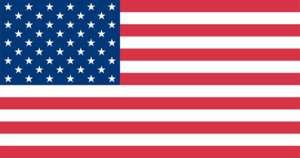The mid-semester break at University of Canterbury has come and gone. Returning to class after so much time off is a hard reality, because I know that no lecture or lab can compare to my ten-day road trip of South Island.
It was an old-school road trip. My German flatmate and I navigated 1700 miles of two-lane highways with little more than a road atlas and the advice of visitor centers. We knew where we wanted to go, but we weren’t sure what we would find once we got there. We didn’t plan any activity more than a day in advance, we rarely looked anything up online, and we never used GPS. We were driving by the seats of our pants. What could go wrong!
For a plan that was so last-minute, I was lucky to have so compatible a travel companion. Considering that we grew up on different continents, Marius and I have a lot in common. We’re both quiet. We’re the same age, have similar music taste, and share a strong sense of responsibility. As we stocked up on groceries the night before our departure, I could tell that we were going to work well together. Our cooperation would be important, because for the next week and a half we would be spending day and night inside the cozy confines of his newly acquired camper van.
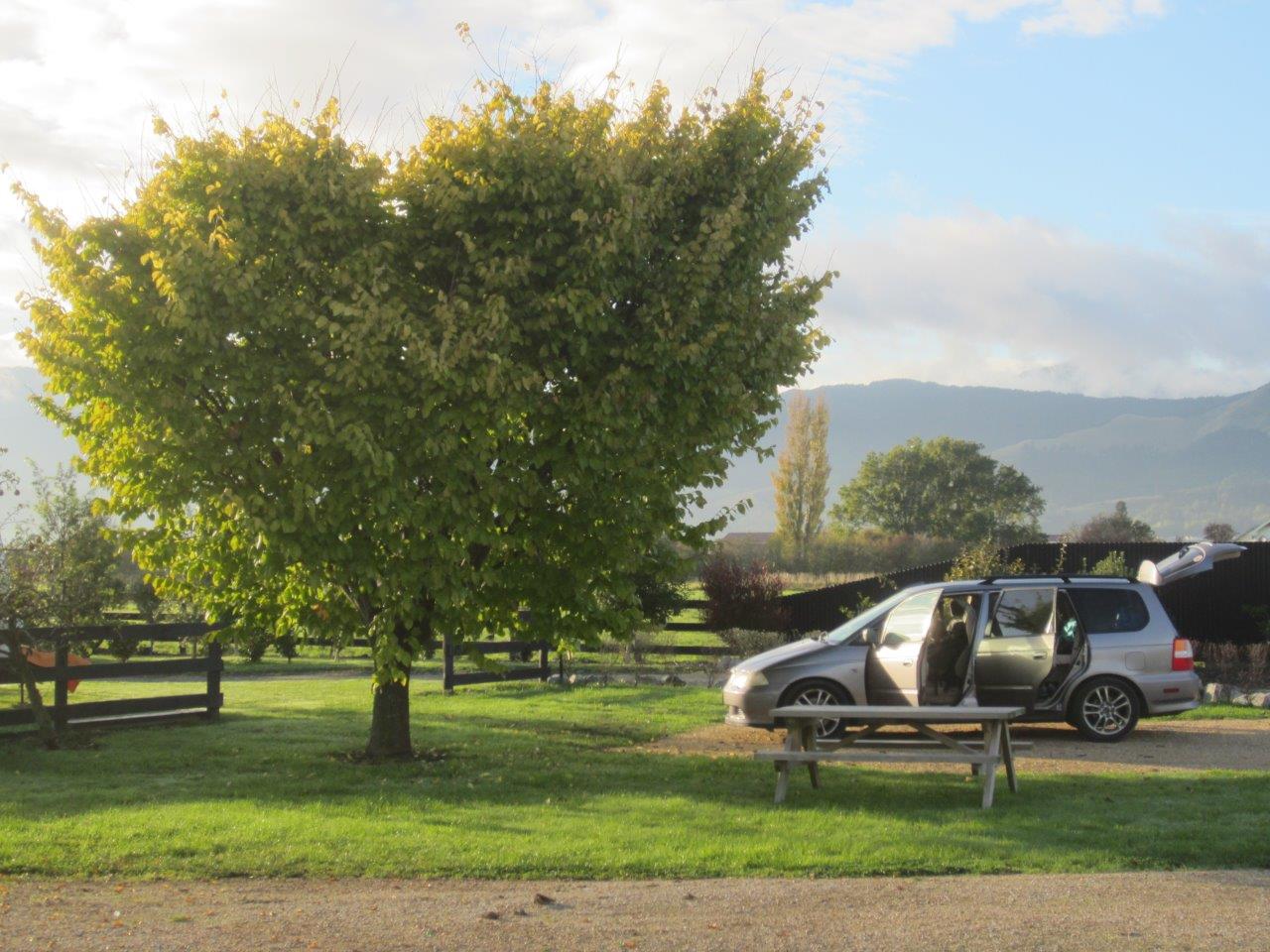
Despite our lack of planning, the trip went smoothly. The worst of our troubles was a leaky transmission that had to be repaired when we got to Nelson, our first stop,on the north coast of South Island. That cost us a full day, but we gained it back later.
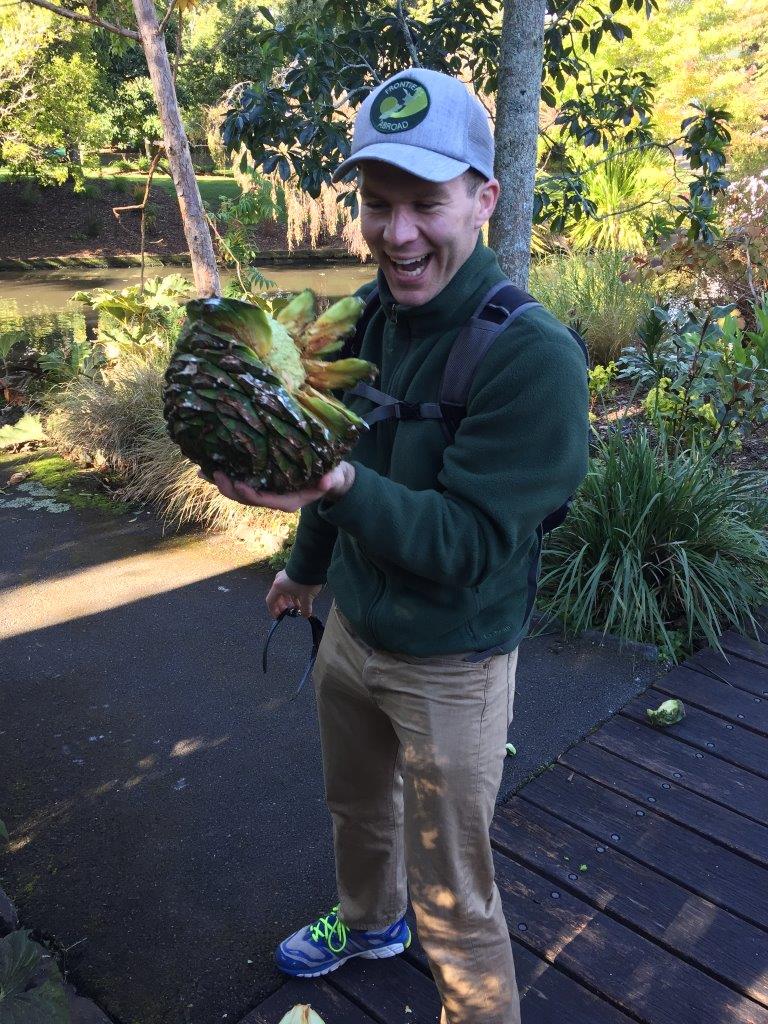
A giant pine cone.
Walking around Nelson while we waited on the repair was a pleasant way to pass the time, but the reason we’d driven that far north was to visit Abel Tasman National Park. Once we got the car back, that’s where we headed. We spent our second night on the road inside the park at Totaranui Campground. The campground is right on the ocean, and a short walk from the Abel Tasman Coast Track, the park’s most famous hiking trail.
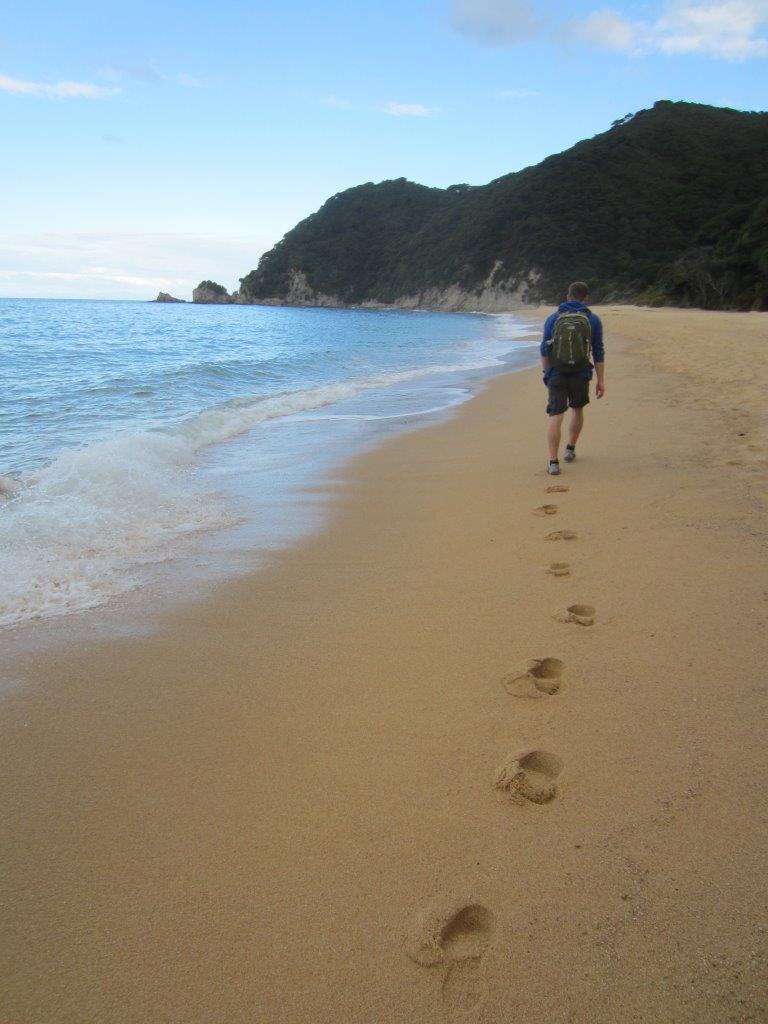
Abel Tasman Coast Track.
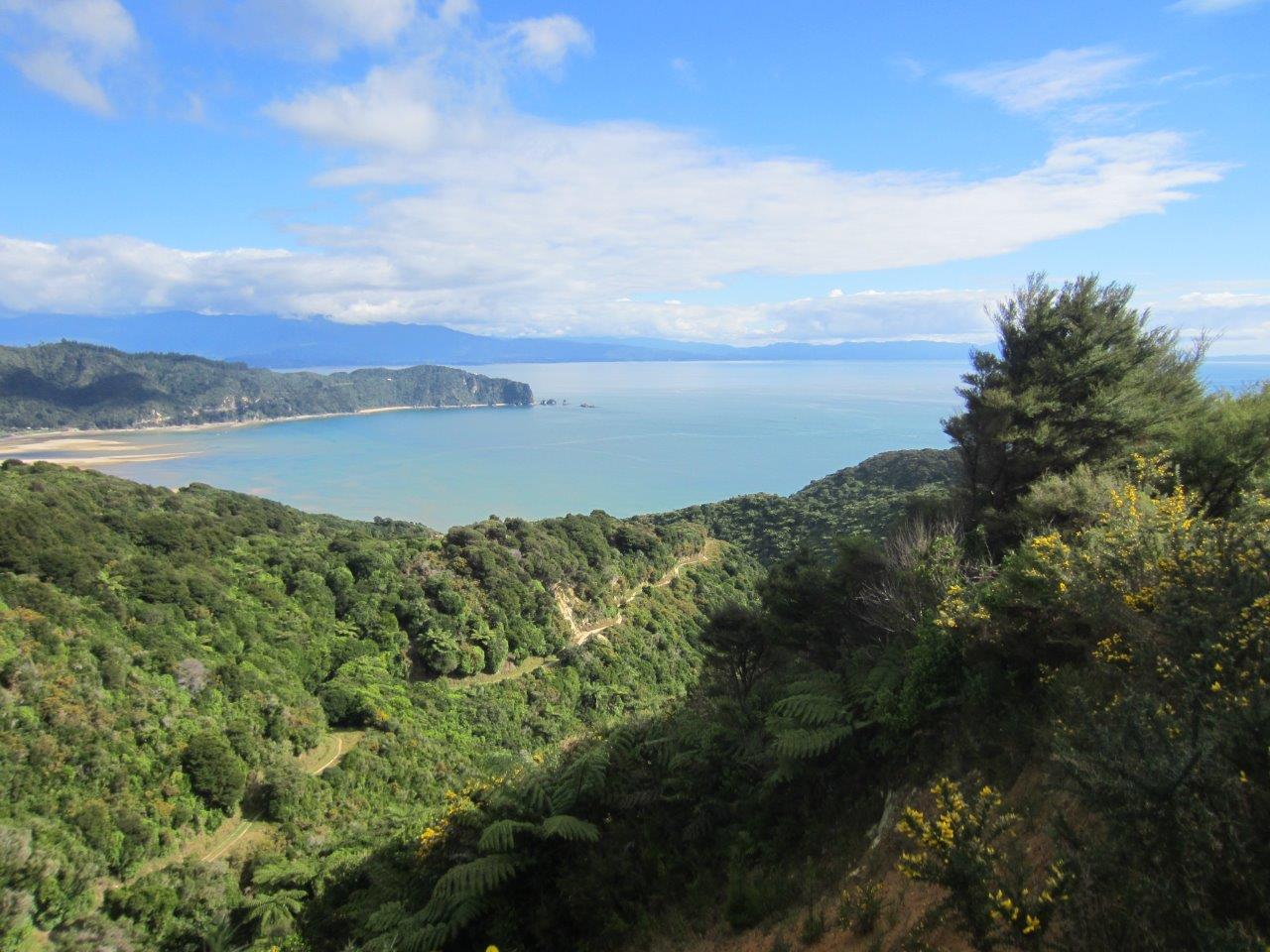
Abel Tasman Coast Track.
We got up early the next morning and spent all day hiking what we were told is the most scenic portion of the 37-mile Coast Track. The trail wound its way through the jungle, over gentle hills, and down onto the beaches. The meandering route added to the sense of adventure.
Our fourth and fifth days were mostly spent in the car. We backtracked from Nelson until we reached the West Coast, then headed south. We stopped for a sunset walk at the famous Pancake Rocks (which I had already seen in January), then drove on to Greymouth, where we spent the night. The next day, we continued south on Highway 6 all the way to Wanaka.
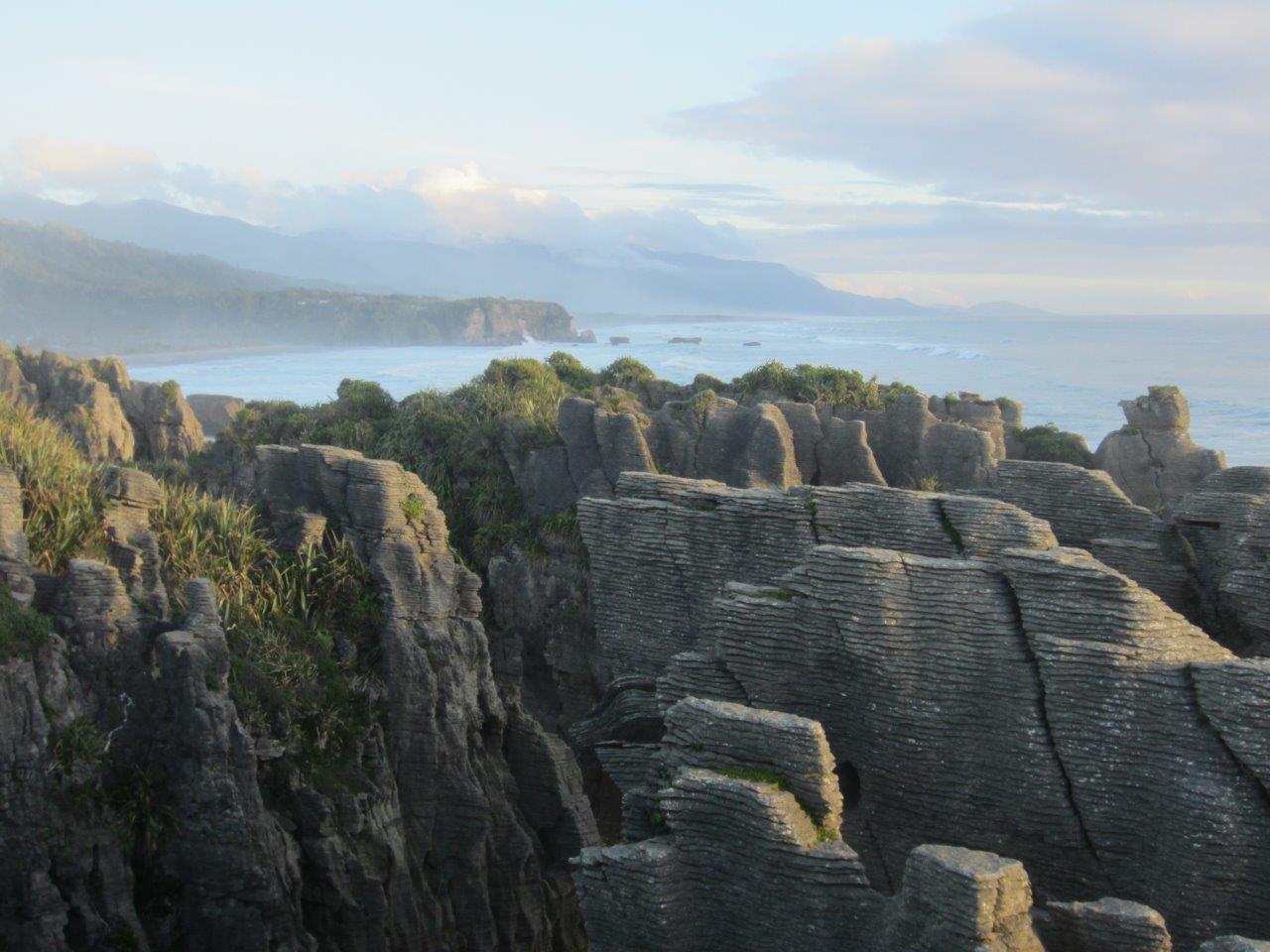
Pancake Rocks.
Along the way, we did a bit of hiking at Franz Josef Glacier and Fox Glacier. The two have a reputation for being the world’s most accessible glaciers, but Marius and I were unimpressed. They’ve both receded so much in recent years that there’s not much left to see. A new sign at Franz Josef says that the only safe way to get onto the glacier now is by helicopter.
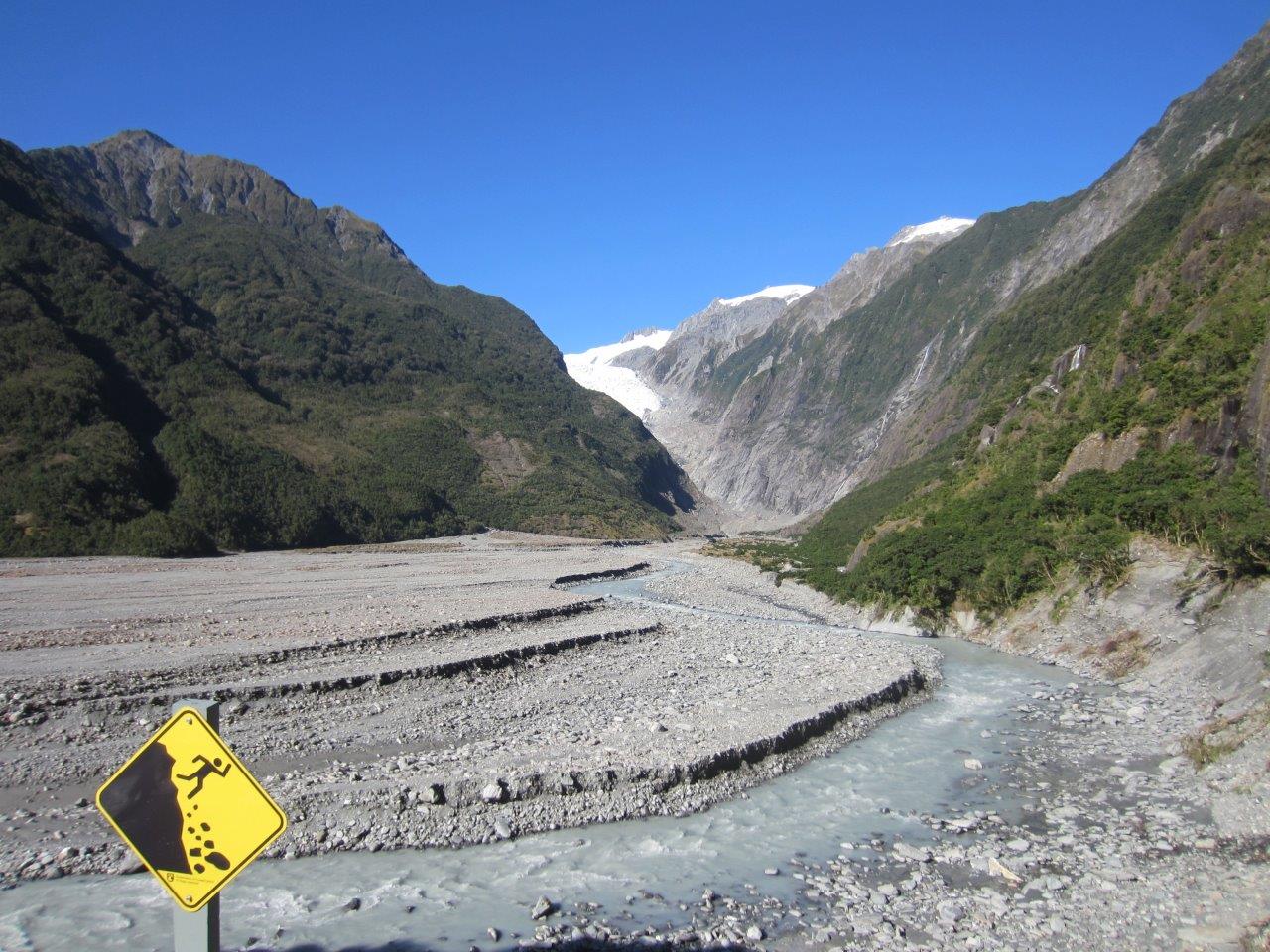
Franz Josef scenery.
In Wanaka on day six, we hiked to the top of Roy’s Peak, a 5177-ft mountain that gives spectacular views down the length of Lake Wanaka. It was the most beautiful hike I’ve ever done. By lunch the next day we were in Milford Sound, our turnaround point on this ten-day journey.
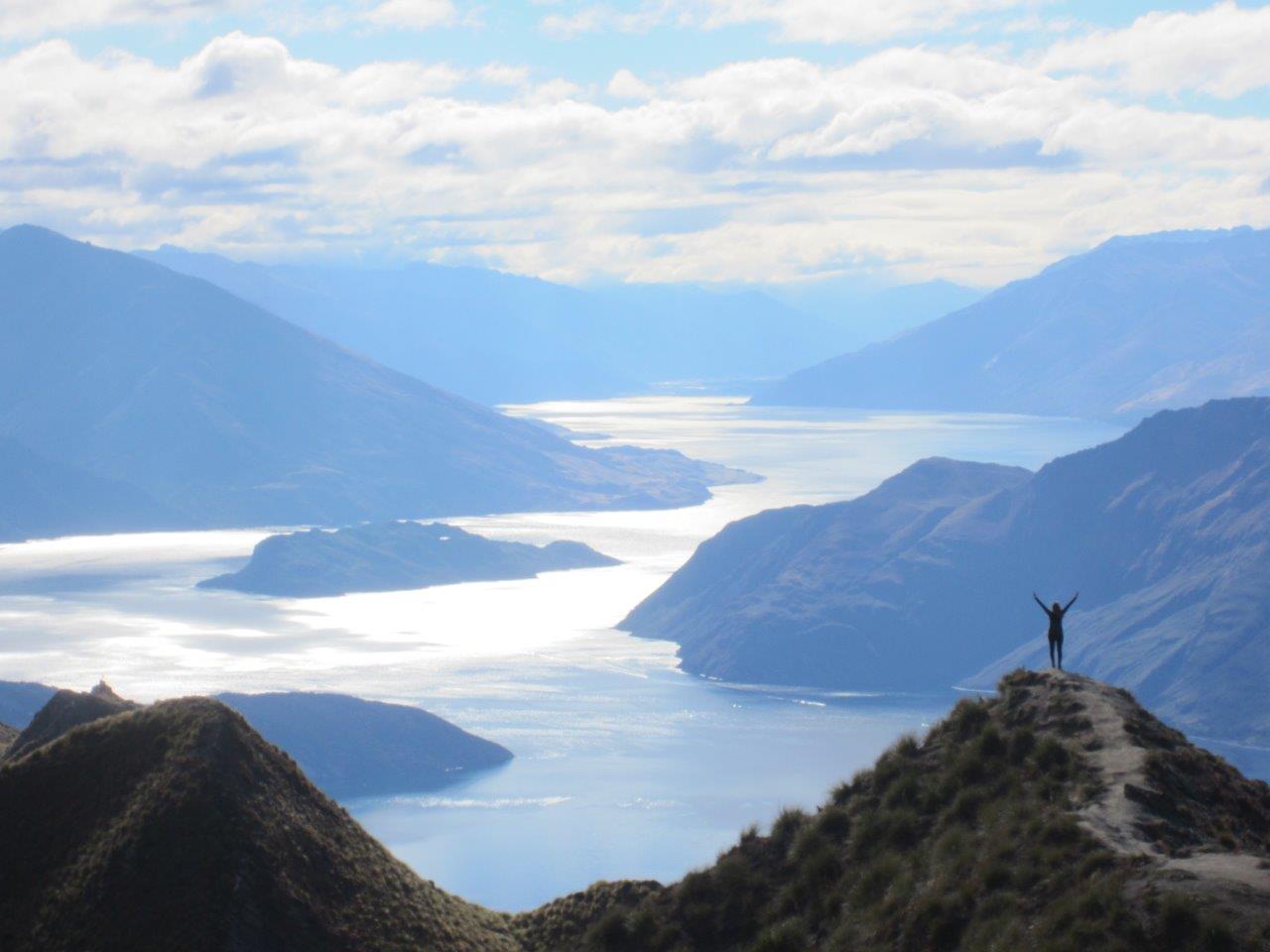
Roy’s Peak scenery.
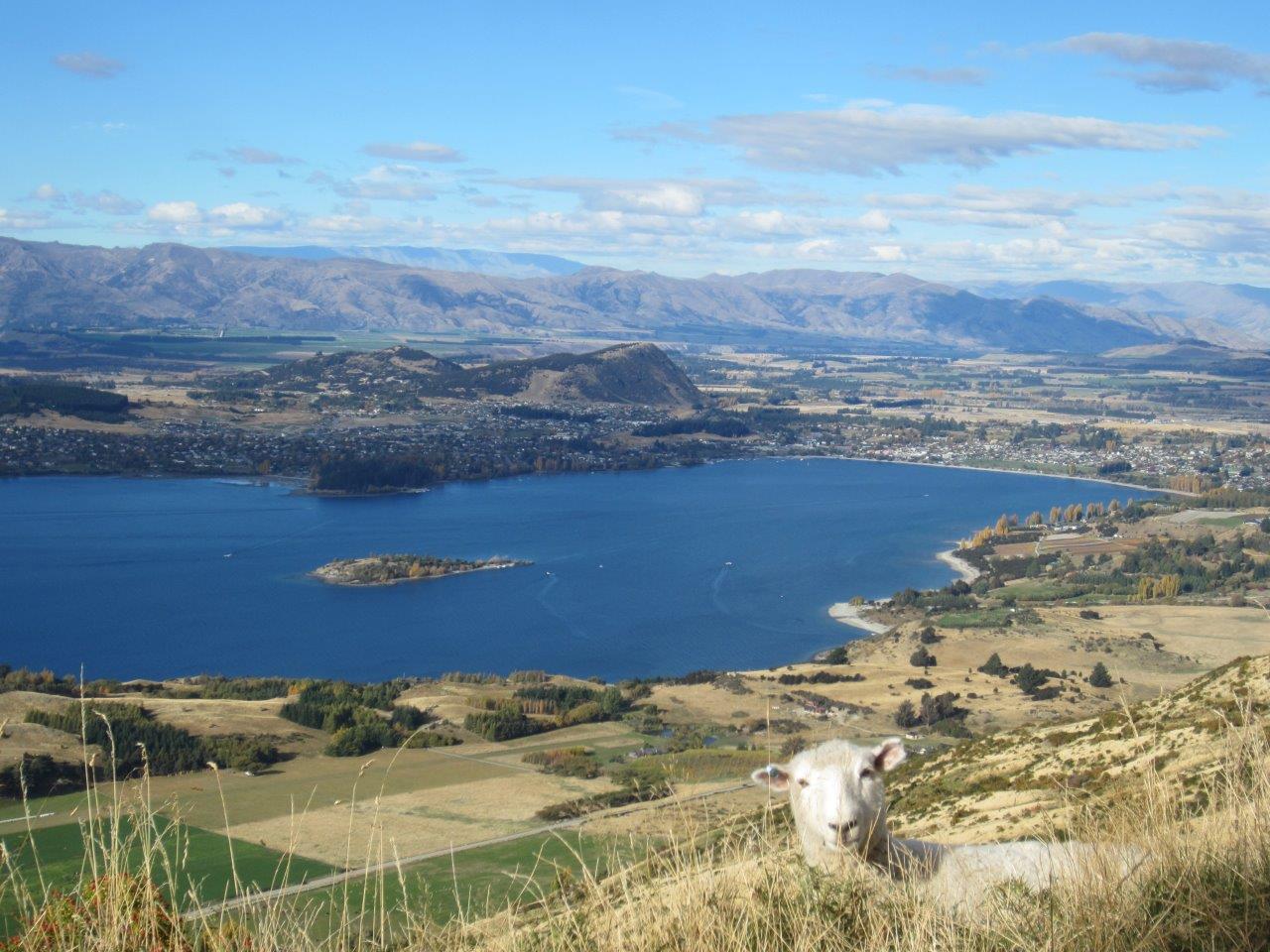
Roy’s Peak scenery.
For an international tourist destination, Milford Sound is incredibly remote. The Sound is actually a fiord. It’s part of Fiordland National Park, and it’s those sheer-sided fiords all around it that make it so geographically isolated. It wasn’t discovered by Europeans until 1812, and there wasn’t any road access until Homer Tunnel was completed in the 1950s. In the 65 years since then, not much has changed.
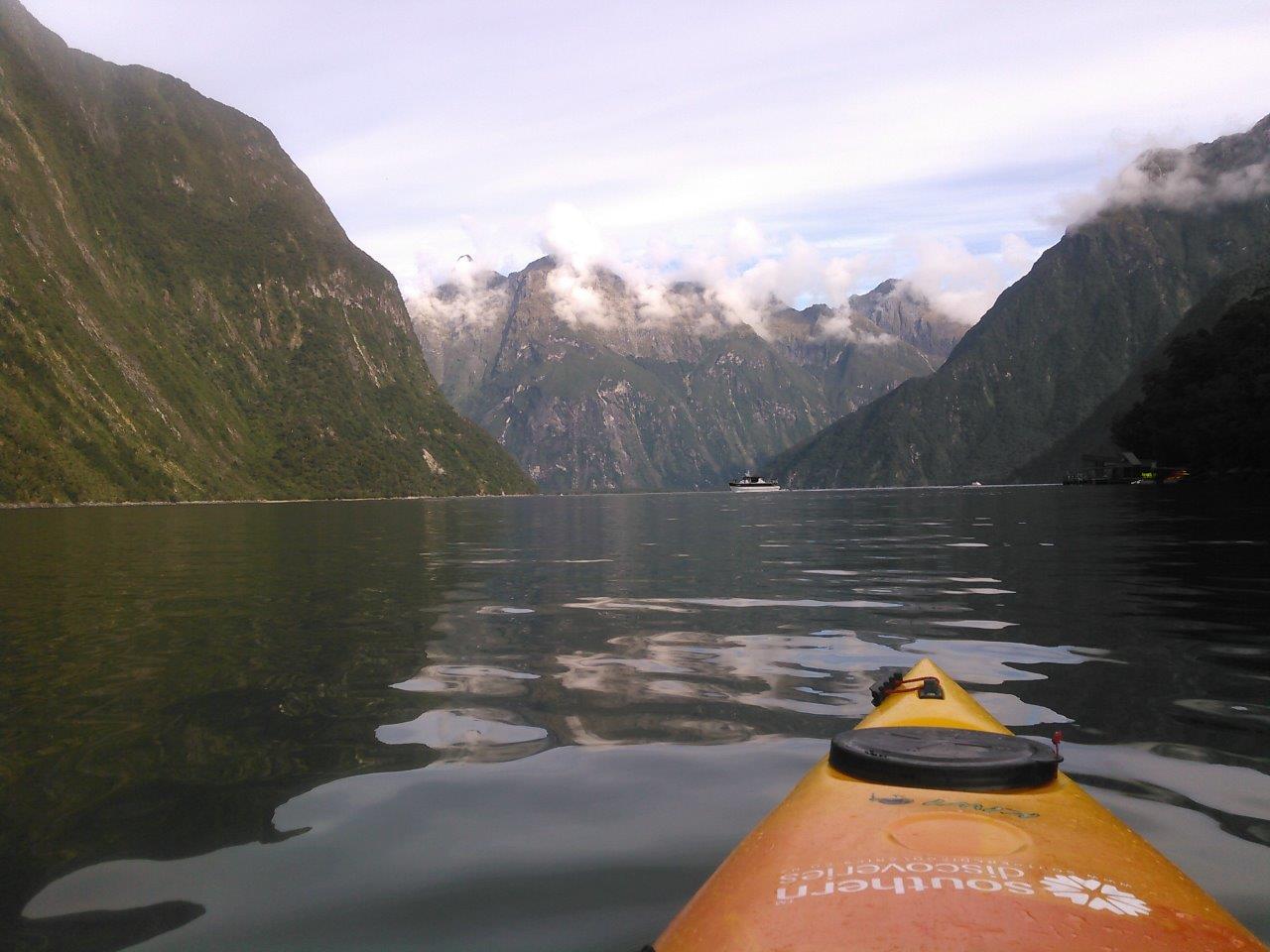
Milford Sound.
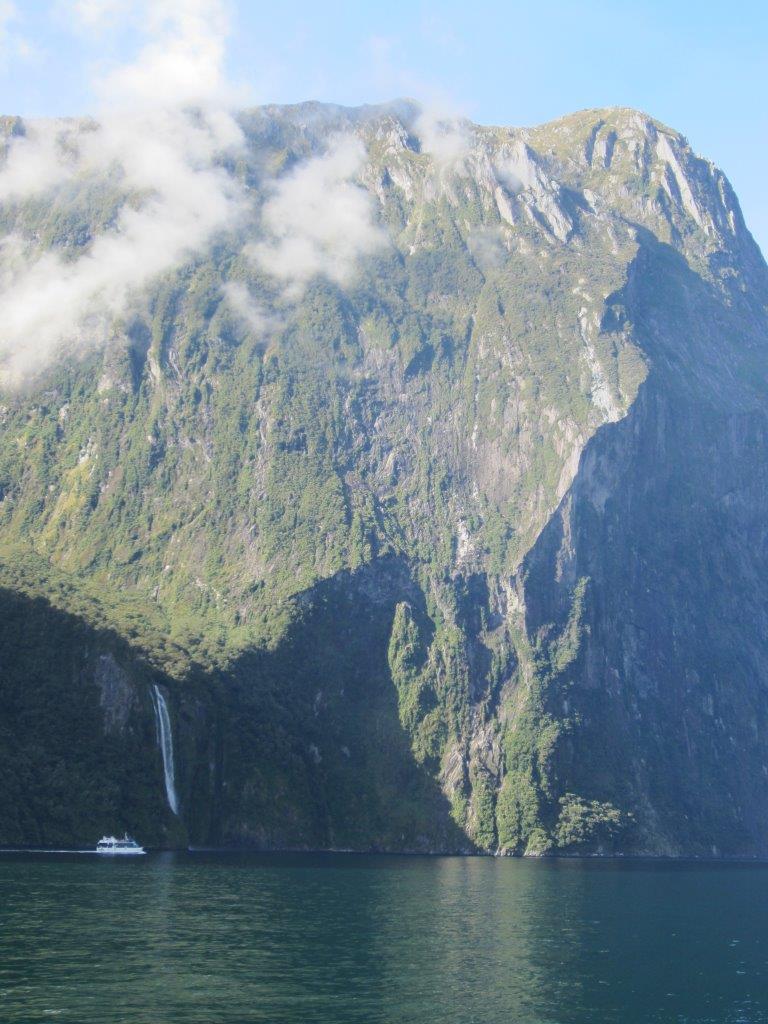
Milford Sound.
Marius and I were surprised by how few facilities there are at Milford Sound. The only substantial buildings are a café, and a cruise ship terminal where a handful of companies compete to sign up tourists for daytrips aboard their vessels.
We’d hoped to rent kayaks for an hour or two, but were disappointed to learn that the only way to get out on the water is as part of a guided tour. The least expensive option available that afternoon was a cruise/kayak package that cost a lot more than we had planned to spend. The cruise was better than expected, but the kayaking was boring. There is nothing adventurous about a leisurely paddle with a group of tourists.
Aside from our pricey day at Milford Sound, we traveled cheaply, splitting costs every step of the way. Food, fuel and accommodation cost me an average of $43 per day.
Our second-to-last stop, Queenstown, was my favorite. On the afternoon that we arrived, Marius and I took the Skyline Gondola to get a bird’s-eye view of the city and Lake Wakatipu beyond. There’s a fancy restaurant at the top of the Gondola, and, more excitingly, a downhill racetrack for gravity powered carts. Marius couldn’t match my years of racing experience, but he put up a good fight, and we both had loads of fun.
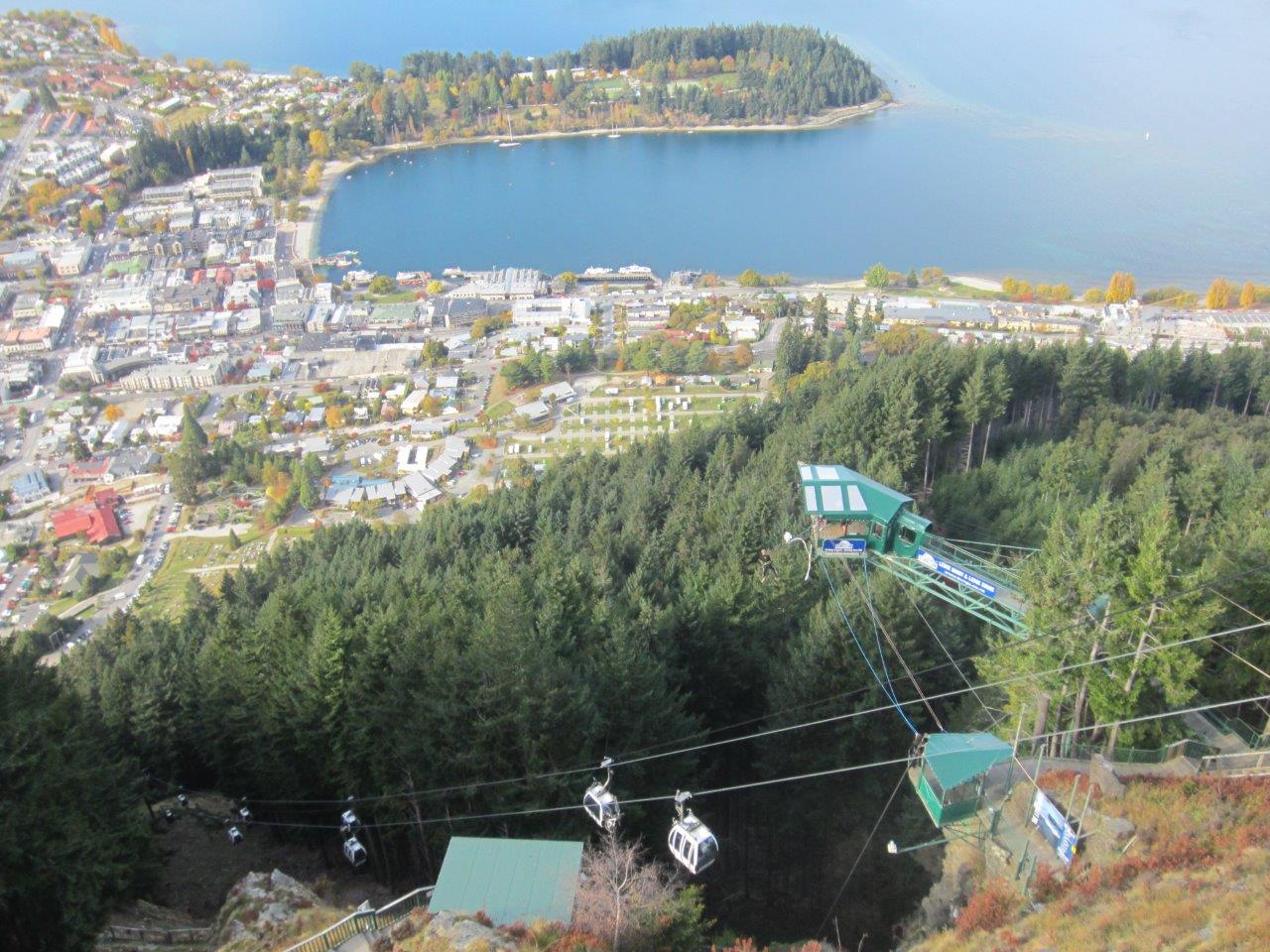
Skyline Gondola.
Driving is my greatest passion. Sadly, I misplaced by license on the way to New Zealand, and haven’t been allowed to drive since. That’s my biggest regret of the semester, but it made the Skyline Luge that much more gratifying. I finally got to scratch the itch.
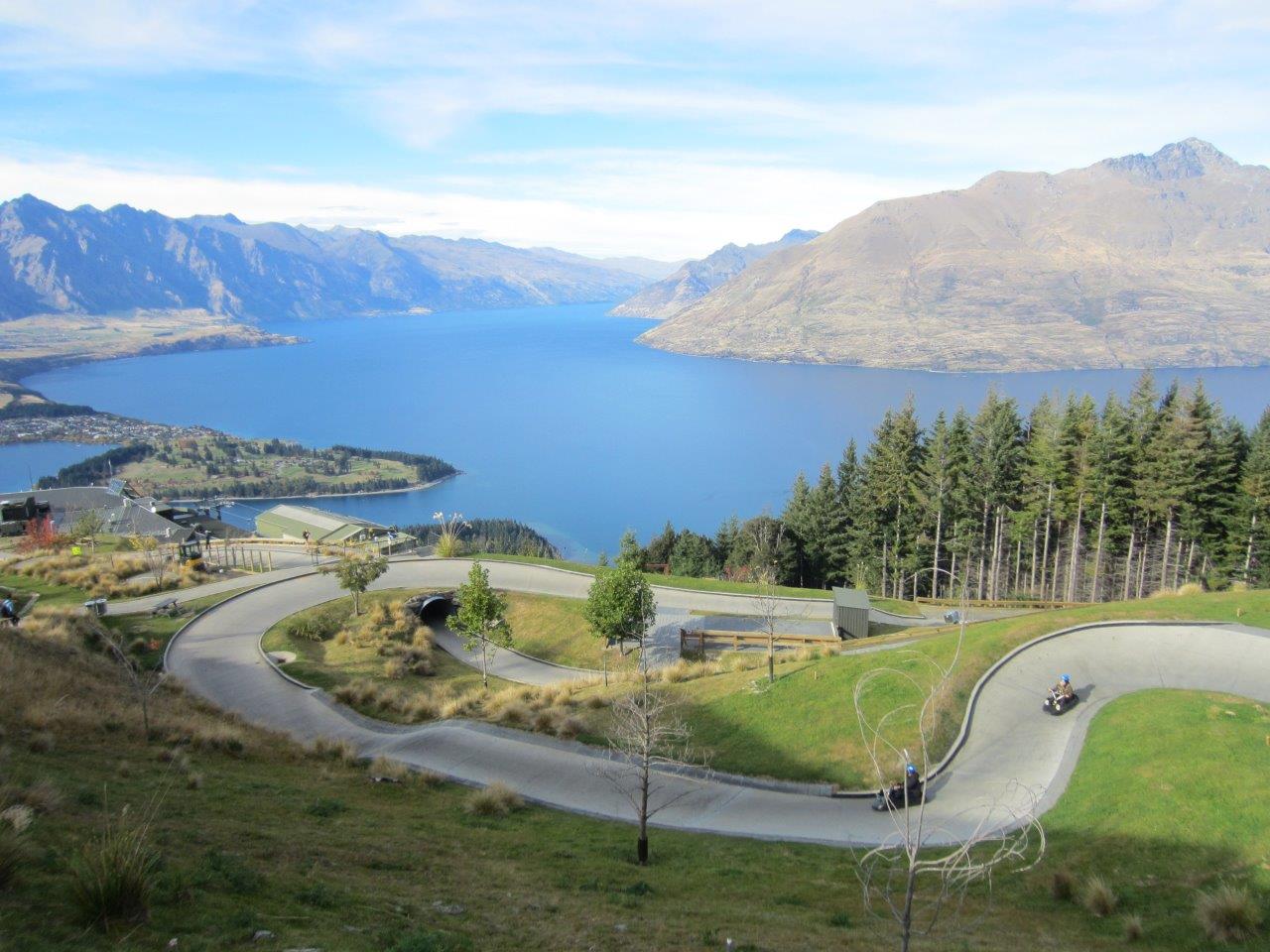
Skyline Luge.
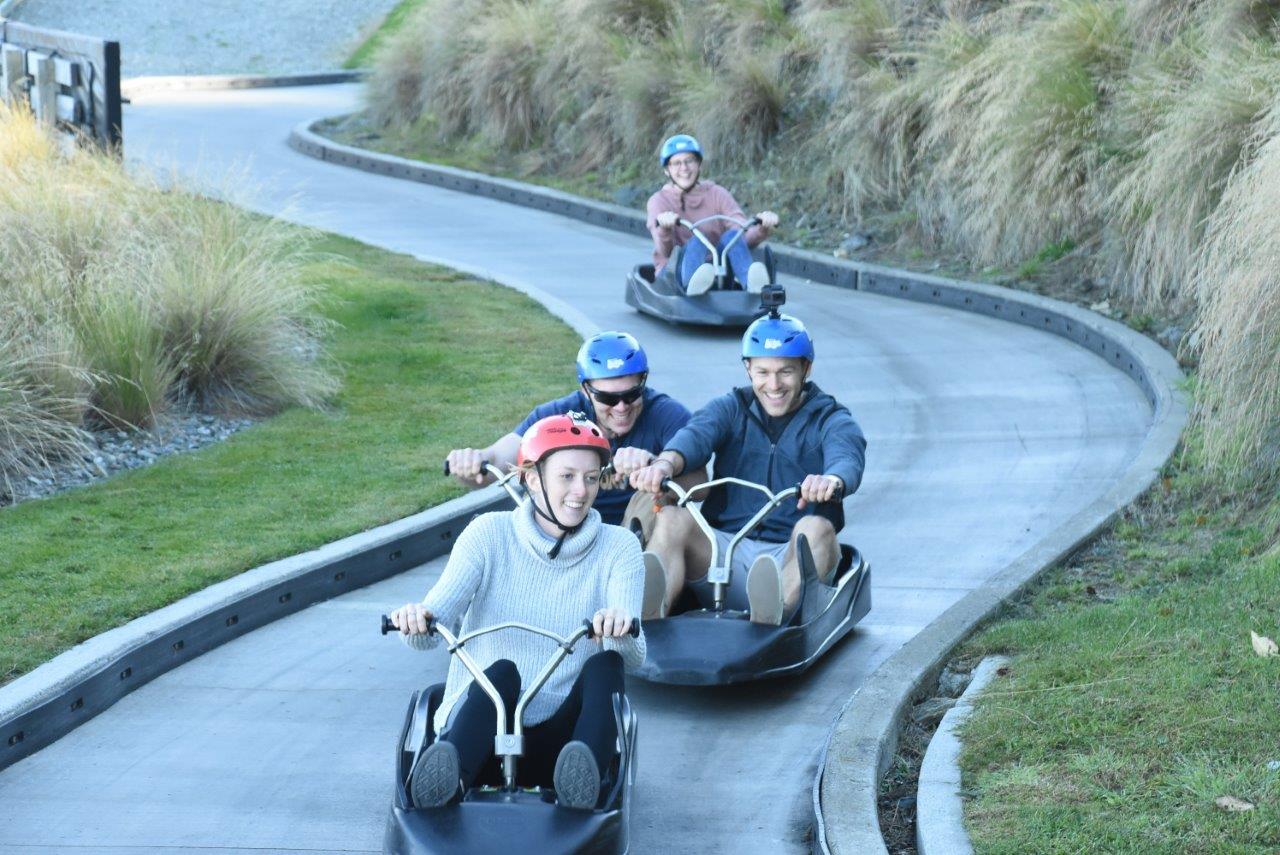
Skyline Luge.
I had the next day in Queenstown all to myself, because Marius was going skydiving without me. (While I’m sure skydiving is an incredible adrenaline rush, I have no interest in paying hundreds of dollars for so passive an experience.) On our Gondola ride down the mountain the day before, a Canadian sitting across from us had recommended the Ben Lomond Track, which goes all the way to the top of the mountain above the restaurant and luge. Having spent most of the last week in a car, I had a lot of pent-up energy, so I decided to go for it. The sign at the trailhead said it would take 6-8 hours round trip. I did it in 4.5, and that’s including a one-hour lunch break! It’s a beautiful thing to be young and healthy. It felt great.
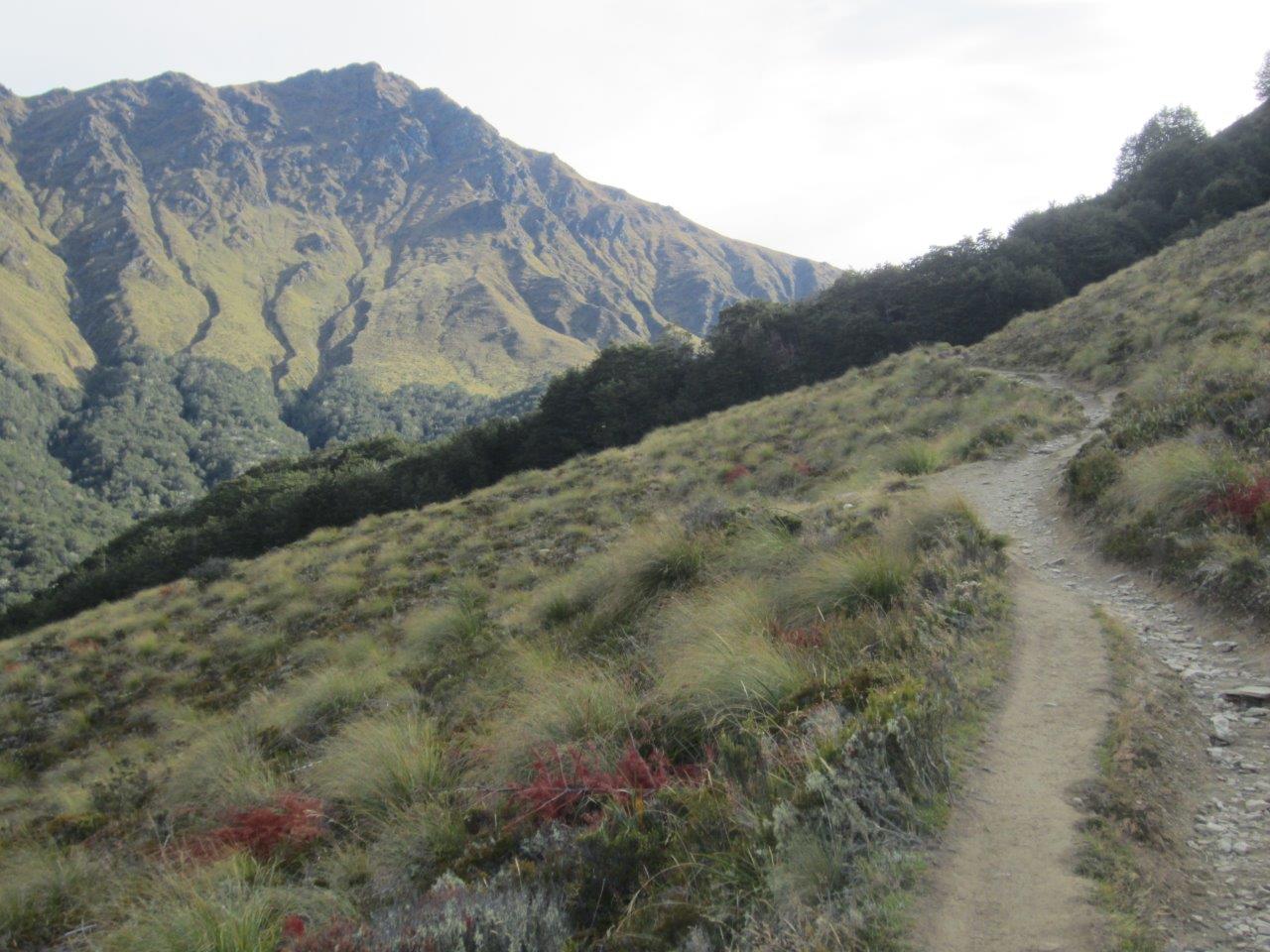
Ben Lomond scenery.
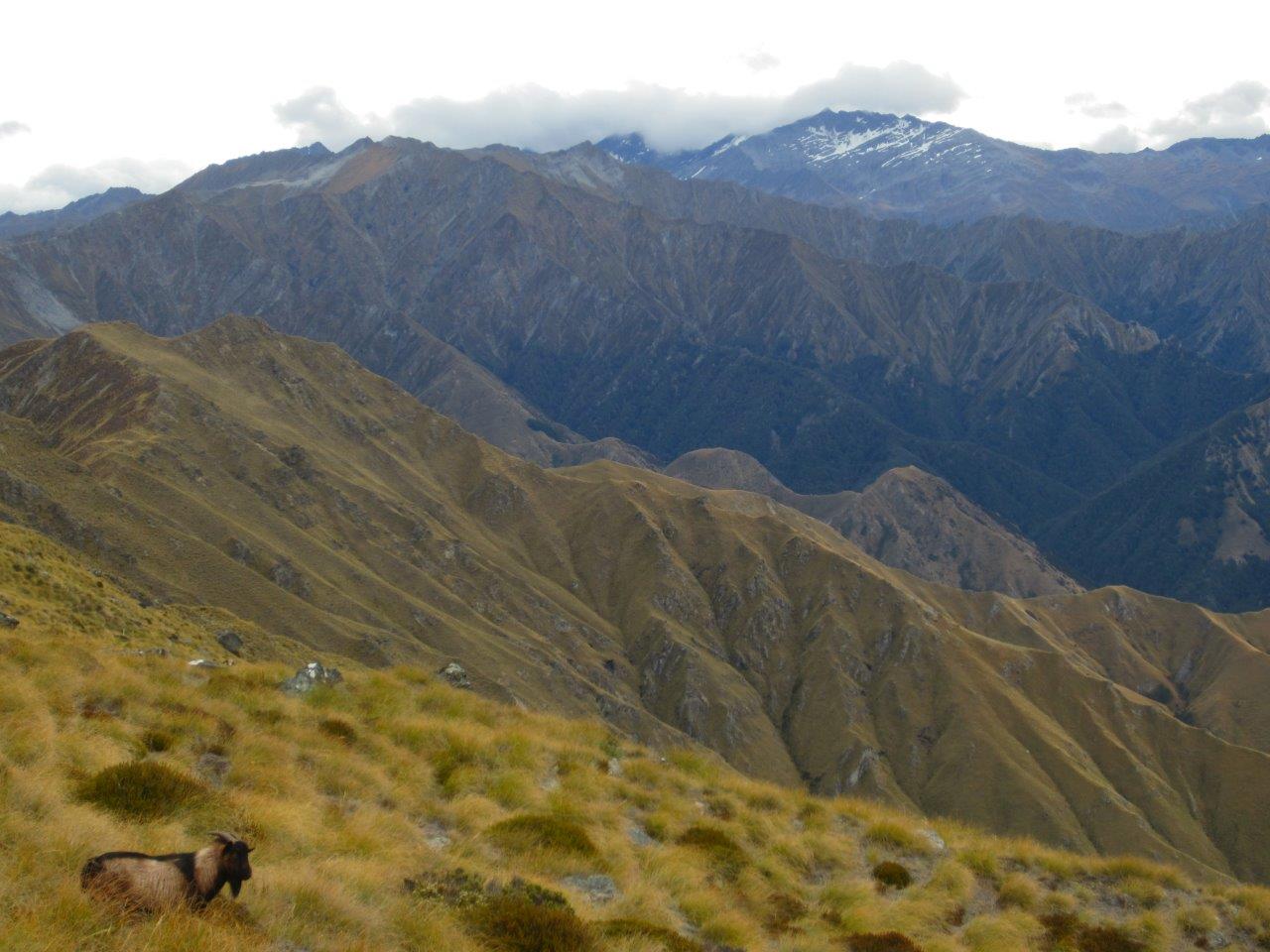
Ben Lomond scenery.
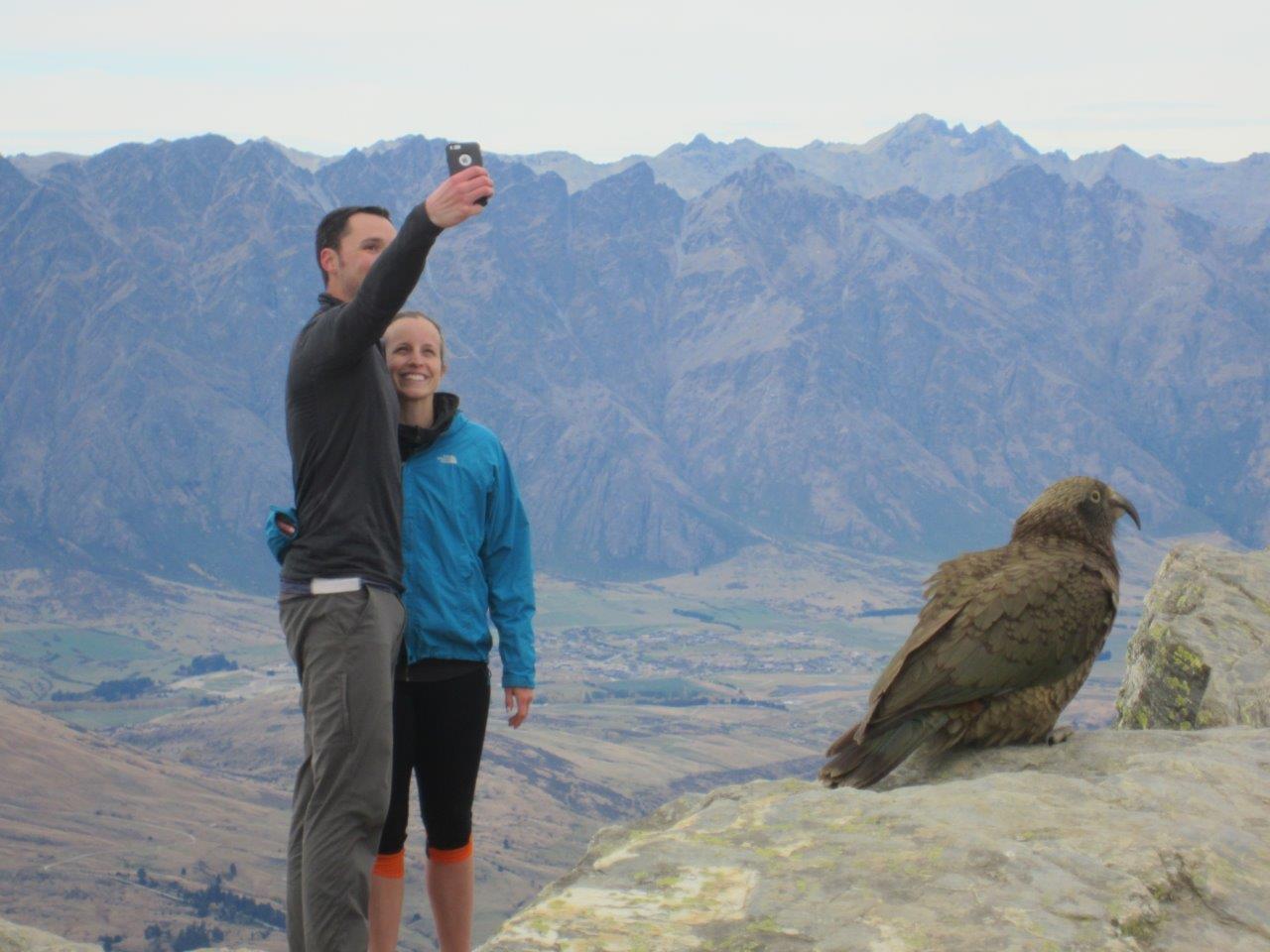
Ben Lomond scenery.
When Marius and I met back at the car, I learned that his skydive had been cancelled due to unpredictable winds. I felt sorry for him, because I knew how much he was looking forward to it. That was going to be the highlight of the trip for him. Missing out on it seemed to take the wind out of his sails. We had planned to spend another two or three days on the road, but he said he wanted to be home by nightfall the next day. That was okay with me. We both had a lot of homework to do before classes resumed, and we would still have time for one last stop.
I had hoped we would return via Dunedin, South Island’s second largest city, but Marius is more interested in New Zealand’s nature than its culture. After seeing how disappointed he was, agreeing to return via Mount Cook was the least I could do.
The visitor center at Mount Cook National Park is a fascinating little museum. I could have spent half a day just admiring all the exhibits, but time was ticking, so we took the advice of the woman at the information counter and drove to the trailhead for the Hooker Valley Track. It was a windy, but pleasant 90-minute walk that led us over several suspension bridges and ended at Hooker Lake. New Zealand’s tallest mountain, Mount Cook (12,218 feet), loomed tall in the distance. Before leaving the park, we also drove to Tasman Lake for a shorter walk.
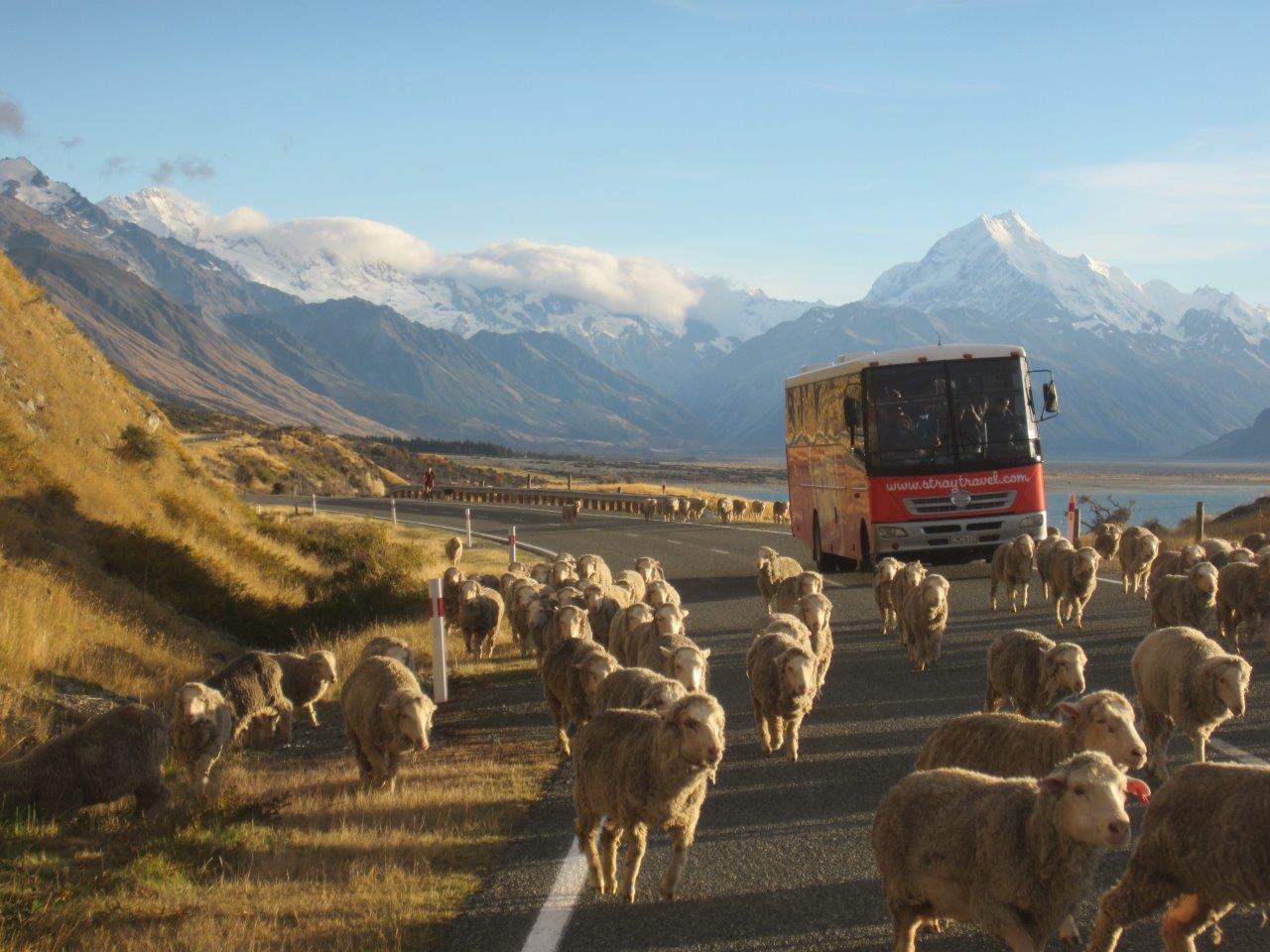
Mt Cook National Park.
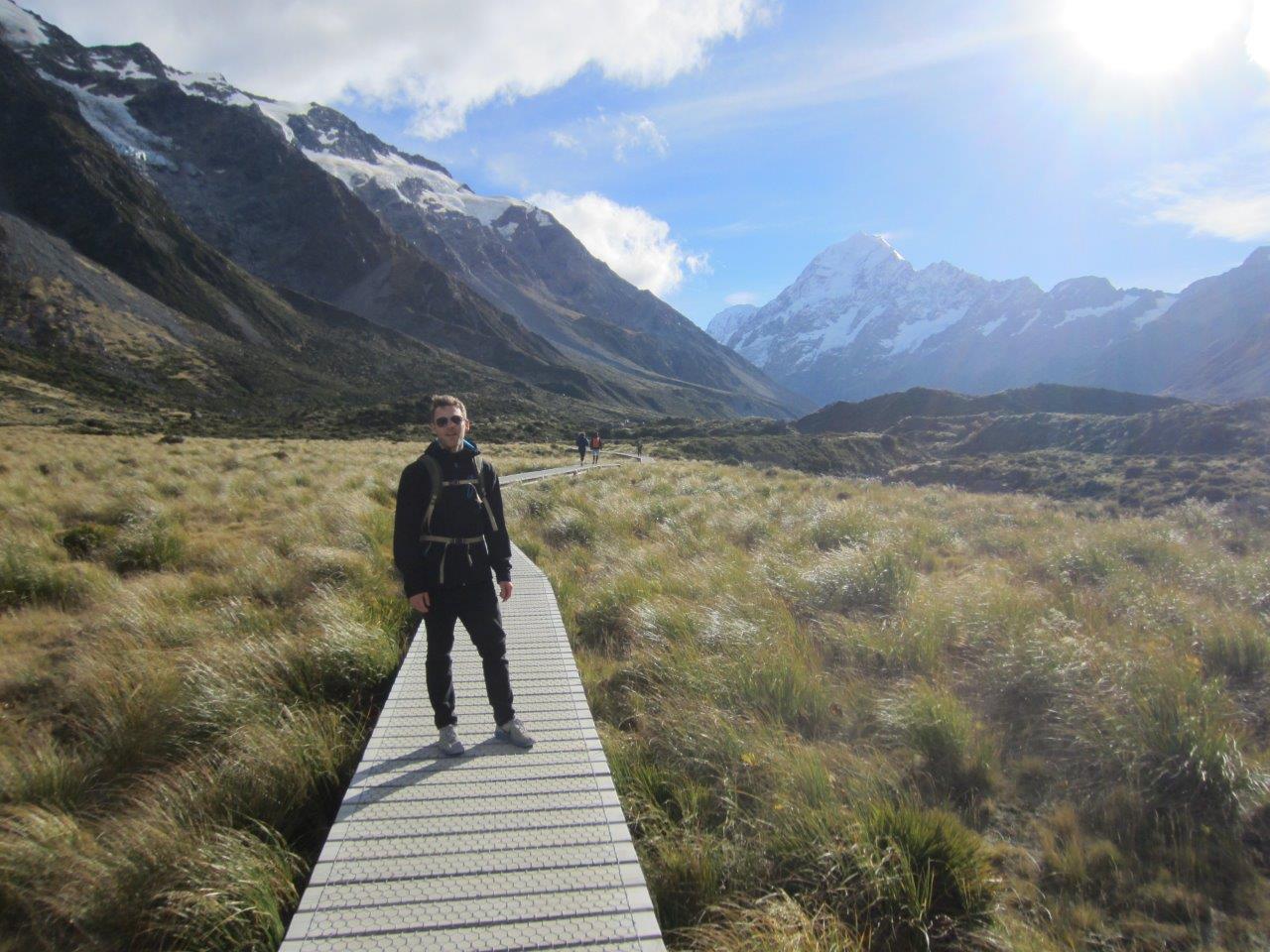
Mt Cook National Park.
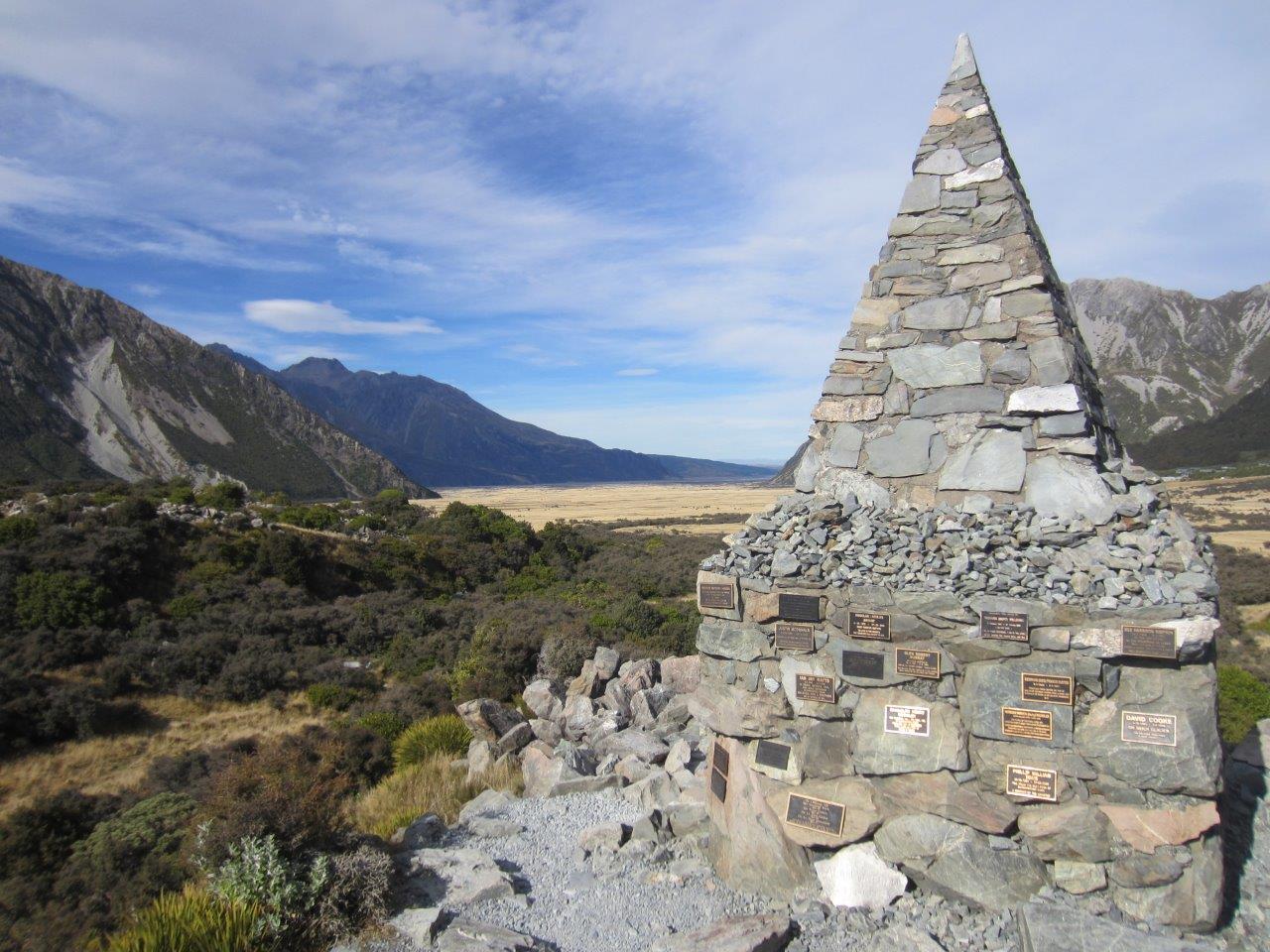
Mt Cook National Park.
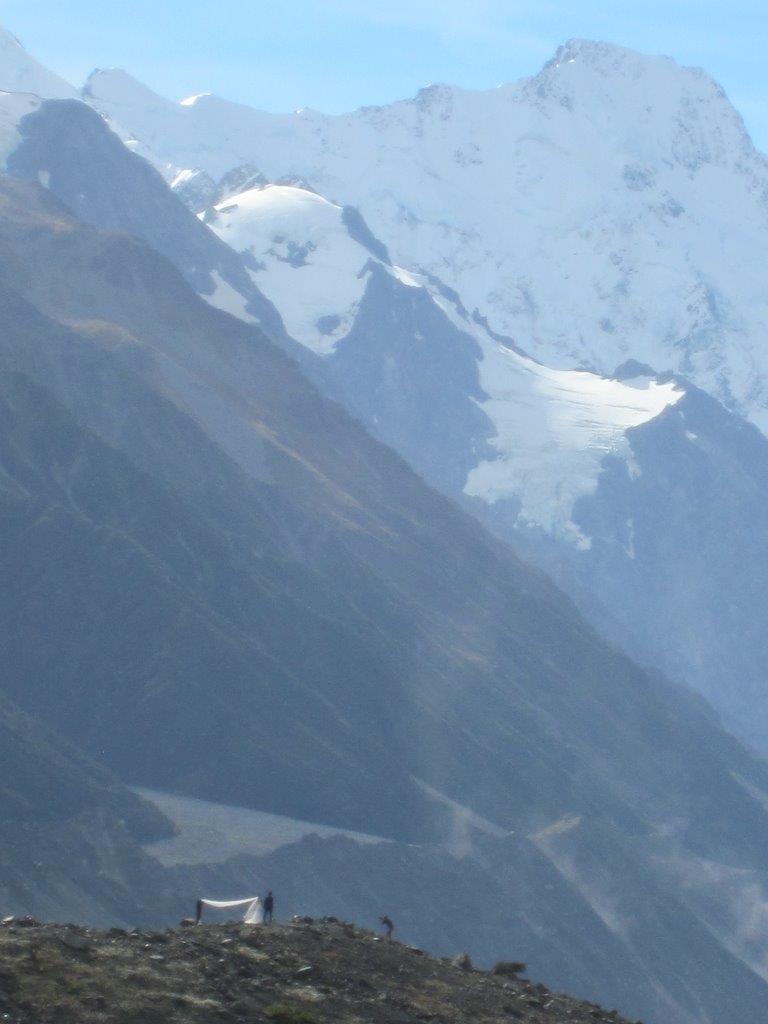
Mt Cook National Park.
We made it back to Christchurch without incident. We pulled up to our flat shortly after sunset and unloaded the car, satisfied with our trip, and happy to be home.


